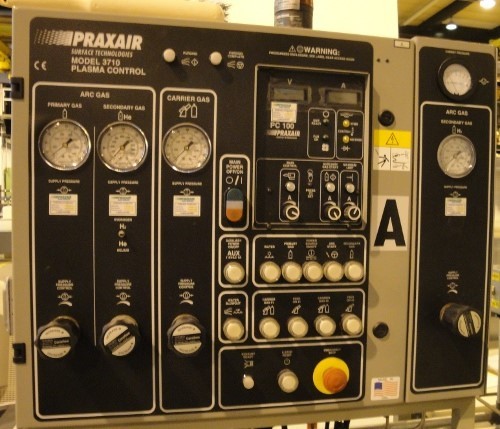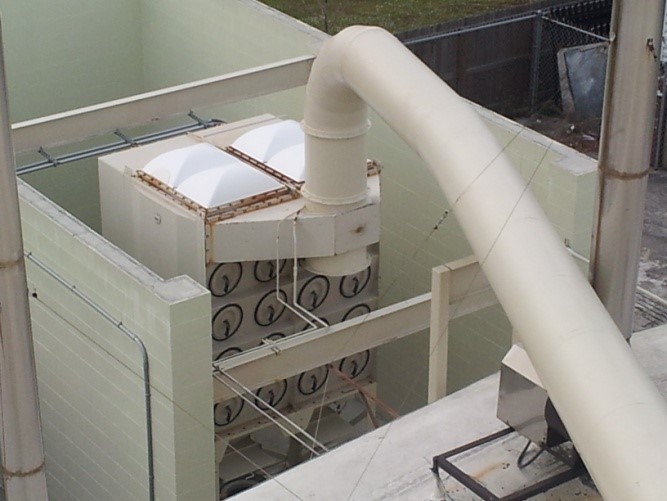


Florida Tech’s approach to academics is research-driven, high-tech and hands-on, allowing our students to both gain knowledge and get real experience applying it. Here, you don’t just learn—you do.
It is through research that faculty members advance their fields, students enhance their learning, and the university creates change for the benefit of our planet and all of its inhabitants.
Ready for the future? Whether you hope to join the Florida Tech family as a freshman, transfer student or graduate student, your journey to Panther-hood starts here.
What's it like to live and learn at Florida Tech? The answer differs for every student, but you can count on one thing: The people here are friendly, open-minded and passionate about their work.
 Give to Florida Tech
Give to Florida Tech 

